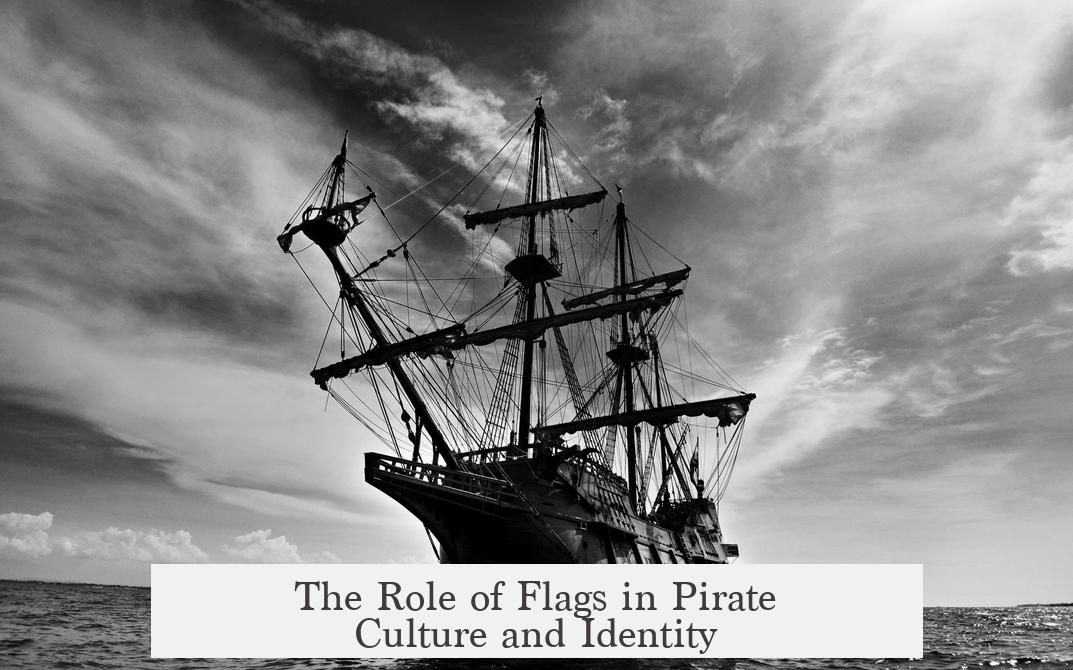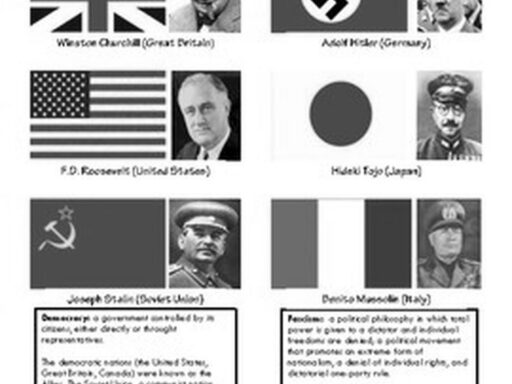Pirates used flags primarily to identify themselves, communicate intentions, and intimidate targets during naval encounters. Flags, popularly known as the Jolly Roger, were not flown constantly. Pirates often refrained from raising flags in strong winds to preserve them and maintain their visual impact. The flags appeared mostly at close quarters, before attacking merchant ships, signaling their readiness for battle or demand for surrender.
Pirate flags served tactical and psychological purposes. Ships commonly sailed under false or national flags to approach prey without raising suspicion. Once in striking distance, pirates revealed their true identity by hoisting their black flag with distinctive symbols. This reveal often accompanied warning shots aimed ahead or over the bow to frighten the target into surrendering. The display of a fearsome, armed crew alongside the flag was a powerful deterrent.
There were several types of pirate flags, each with specific meanings. After 1700, black flags became the standard symbol of piracy. These black flags represented the pirate crew itself. Crews often designed unique flags when forming new partnerships, flying them not only in battle but also during celebrations. The skull or death’s head symbol, sometimes paired with crossed bones, featured prominently. Few flags had detailed skeletons or additional emblems, but the death imagery dominated.
Before the black flag’s widespread use, pirates sometimes flew national flags or plain red flags. The red flag indicated “no quarter” — meaning no mercy would be given if the enemy resisted after the warning. However, the application of the red flag varied widely and was not universal among pirate crews. Some accepted surrender even after raising the red flag, especially if they sought skilled sailors to join their ranks. Documentation of the red flag’s use is scarce and inconsistent.
Pirate flags held symbolic meaning for the crews. Many pirates preferred to destroy or conceal their flags if capture seemed inevitable. They feared the flags falling into government hands, where they could be used as evidence or displayed at executions, humiliating the crew. This practice underlines the flags’ significance beyond mere identification.
Much popular knowledge about pirate flags is inaccurate. Many iconic flags, like Jack Rackham’s crossed-sabers design, lack historical verification. These images often stem from early 20th-century sources without authentic provenance. For example, a non-dated manuscript of uncertain origin, held at the National Maritime Museum, Greenwich, became a widely cited but unreliable source for pirate flag designs. Over time, these unverified flags became accepted folklore through repeated reproduction.
Historical pirate scholarship reveals that pirate behavior and flag usage were not uniform. The Golden Age pirates had varied practices, and not all crews followed the same conventions for flags. Some never used flags, while others employed customized designs with personal or crew symbolism. This variety contradicts popular myths of a standardized pirate iconography.
| Aspect | Details |
|---|---|
| Primary Purpose | Identify pirates, signal and intimidate targets |
| Flag Colors | Black (post-1700), Red (no quarter), National flags (before 1700) |
| Flag Usage | Rare in strong winds, mainly raised before attacking |
| Symbolism | Skulls, bones, skeletons, personalized designs representing crew identity |
| Flag Disposal | Often destroyed or hidden if capture was likely |
| Misconceptions | Many “famous” flags lack historical authenticity |
The flags were an essential form of communication and psychological warfare. Only pirates dared to fly these markings, as doing so exposed them to legal execution. Their appearance warned prey, aimed to avoid unnecessary fighting, and represented pirate identity. Despite popular culture’s romanticized and mythological pirate flags, actual historical use was practical, varied, and often symbolic of the pirate crew’s cohesion and intent.
- Pirate flags identified pirate ships and intimidated targets to encourage surrender.
- Flags were raised mostly during battle approach, not constantly at sea.
- Black flags became standard after 1700; red flags signaled no mercy but were less common.
- Symbolism on flags reflected crew identity and agreements.
- Many famous pirate flags are historically inaccurate, originating from early 20th-century unverified sources.
- Flags were sometimes destroyed to prevent them being used as evidence or insults after capture.




